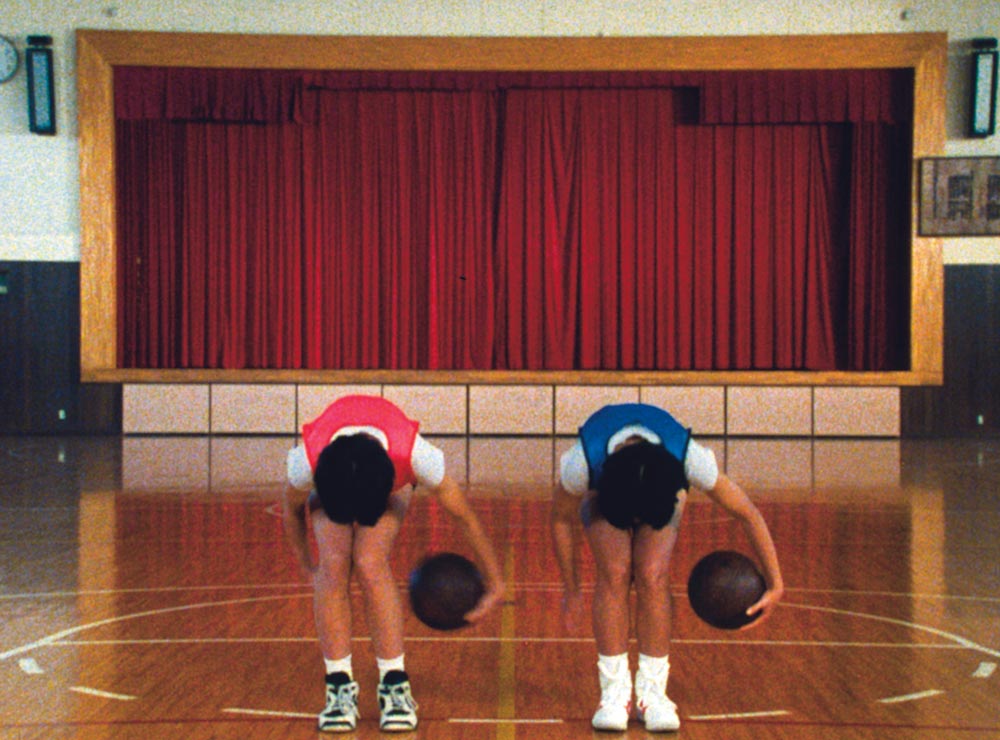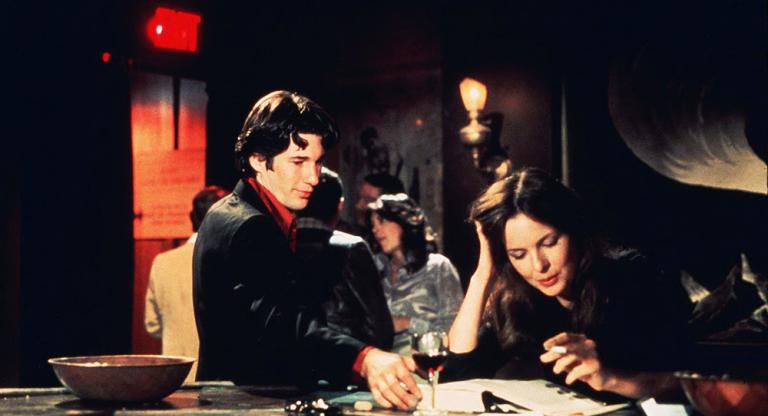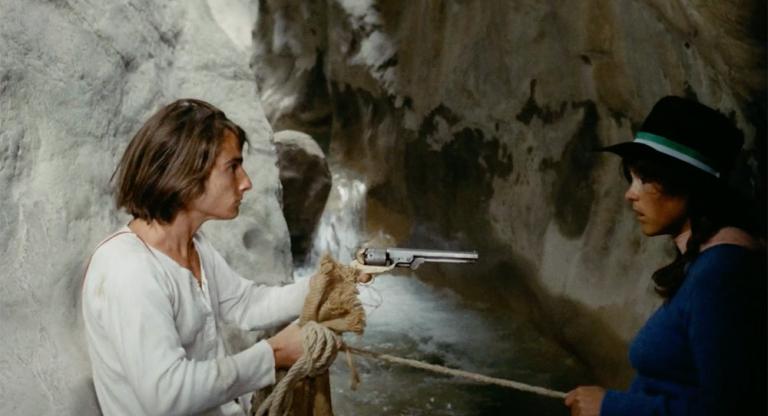The artist Sharon Lockhart is interested in habit — more dryly put, routine. Location, duration, and movement are the habits of Lockhart’s Goshogoaka (1997), which documents the more explicit routines of basketball. The camera is still for the sixty-minute duration of the film, in six uninterrupted, ten-minute takes. In each take, Japanese girls in a suburban junior high school school gymnasium perform drills, loosely choreographed by the former Ballet Frankfurt principal dancer Stephen Galloway, dressed in Comme des Garçons gym clothes. Goshogaoka, like Lockhart’s other films, explores the problem of performance. What does it mean to be a subject within a life constrained by time and labor, the metrics of capital? The greatest moments in Goshogaoka are of disruption, not continuity. The girls fumble their dribbles in the second take. Bashfulness flashes across their faces, as if they had momentarily forgotten that they were subjects in a film. How disarming is the possibility of shyness in Goshogaoka —“camera shyness,” as the official blurb for the film states.
The title “documentarian” is far too clinical to be applied to Lockhart. If the documentary form is an engagement between creator and subject, her films are an expression of an enmeshment. “I’m naturally inquisitive and trusting and have always been interested in how people live and think,” Lockhart told James Benning in a 2010 interview. “I work hard to make the participants partners, so that the exchange is a personal one, rather than the abstracted exchange that money creates.” Goshogoaka was the first foray for the Massachusetts-born Lockhart into filmed work outside of America. Over the next two decades, she deepened her involvement with her purported subjects. Location scouting for Podwórka (2009) led Lockhart to the so-called “troubled” girls at the Youth Center for Sociotherapy in Rudzienko, Poland, whose lives she has never turned away from since, seeing them through their girlhood, adolescence, and young adulthood. The connections Lockhart forged with these young women eventually resulted in Rudzienko (2016), as well as Antoine/Milena (2009), a shorter work that likens Milena Slowińska, Lockhart’s most explicit muse, to Antoine Doinel in The 400 Blows. “The idea of re-enacting Antoine allowed her to perform herself," Lockhart told the New York Times in 2016.
EVENTIDE (2022) is Lockhart’s latest, also continuing from the lives of these women. EVENTIDE, like Goshogaoka, excuses itself from the realm of the verbal. A stationary camera captures a thirty-minute take set along a stone beach on the island of Gotland, in Sweden, as the dusk begins to drape the sand. People with flashlights weave in and out of the camera’s purview, in search of what? I was reminded of something Lockhart said about the act of clam digging portrayed in Double Tide (2009): that there is something “so primal” about clam digging, “the act of reaching into the earth, the dependence on rhythms of nature.” This primality is at the heart of Lockhart’s work, our dependence on what we cannot extricate ourselves from. The credits reveal that EVENTIDE is dedicated to the memory of Milena, who recently passed away. The searching people in EVENTIDE are also expressing something about grief: perhaps they are searching the earth for a lost one, while held — knowingly —against the meteors and the universe behind them. EVENTIDE bears witness to the inevitable routines of the earth and its people, of living and wondering and leaving. All the subjects in the film eventually recede. What’s left are the habits of the sky, of time stretching endlessly.
Goshogaoka & EVENTIDE screen tonight, February 28, at the Museum of Modern Art, the former on 16mm. The program is part of Doc Fortnight, and the director Sharon Lockhart will be in attendance for a Q&A.



